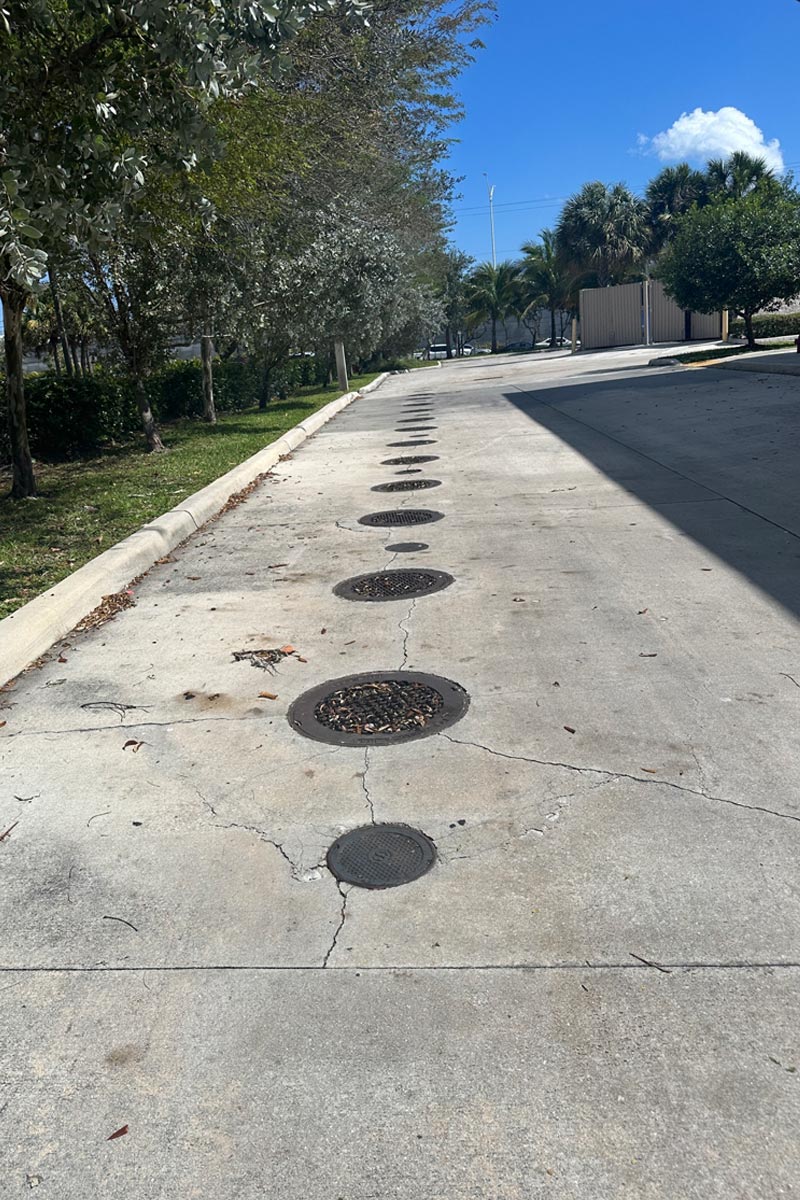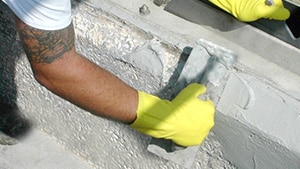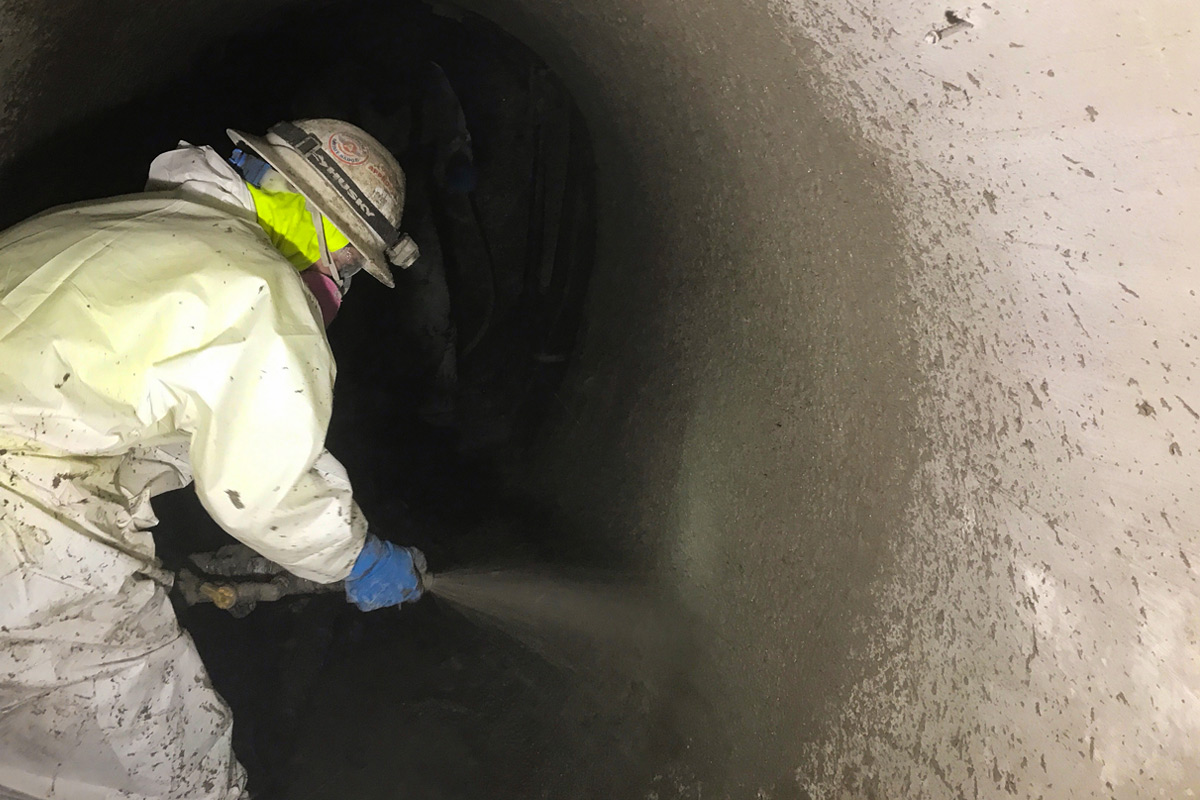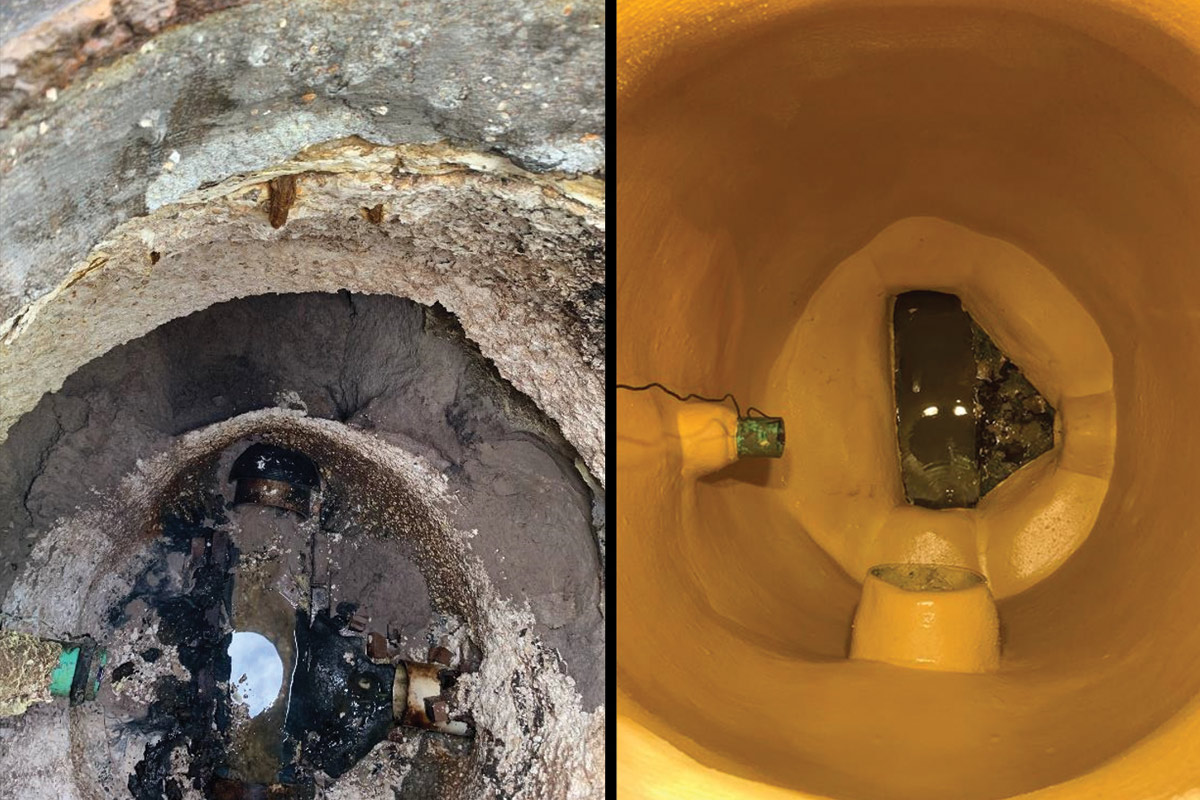
Understanding Application Methods in Manhole Rehabilitation
In manhole rehabilitation, ease of application can make or break a project. The method you choose influences timelines, labor costs, and overall performance. While the materials themselves are critical, the way they’re applied often determines whether your work stays on schedule — or falls behind.

When a municipality calls for fast, reliable rehabilitation with minimal disruption, contractors must weigh two main factors: project conditions and crew capabilities. Matching the right application method to both is essential for a smooth, efficient workflow.
How Application Method Impacts Project Success
Manhole rehabilitation is rarely one-size-fits-all. Different sites, access limitations, and manhole configurations demand different approaches. The two primary techniques — spray application and trowel application — each offer distinct benefits depending on project scope, speed, and available resources.

Despite these considerations, it’s equally important to recognize the value of products specifically formulated for ease of application — particularly in logistically challenging environments. Such systems are engineered with field realities in mind and differ from technologies designed for controlled conditions or extended cure times. High-build, spray- or trowel-applied liners are strong candidates in these scenarios, offering the rapid turnaround and adaptability that below-grade rehabilitation demands — without the pause-point luxuries often available in above-ground or treatment plant applications.
Spray application shines when productivity is the priority. Crews can achieve rapid coverage across large surface areas, making it ideal for high-volume projects or when multiple manholes must be completed under tight timelines. With proper training and equipment setup, this approach allows for a streamlined process that minimizes downtime and maximizes consistency. Contractors using Epoxytec’s CPP Sprayliner MH have reported reducing labor time by as much as 40–60 percent on larger manholes, while maintaining ultra-high thickness required for high strength sealing, and even coverage.

Trowel application, on the other hand, is all about flexibility encountered in a variety of scenarios. It requires no special equipment and allows for immediate project starts — making it a practical solution when access is tight or conditions are unpredictable. Crews familiar with standard application tools often favor this method for its simplicity and control, particularly when precision is needed around inverts, benches, or other confined spaces. Epoxytec’s CPP Trowel-Liner offers a familiar entry point for crews new to structural epoxy liners, while still delivering long-term protection against hydrogen sulfide and infiltration.

The trade-off between speed and simplicity ultimately comes down to scale. Spray application demands an upfront investment in training and equipment but pays dividends on large projects, especially when multiple manholes are lined in sequence. Trowel application minimizes setup time and cost, but is best suited for smaller, detailed work or one-off rehabilitations. Successful contractors understand these trade-offs and plan accordingly — balancing crew readiness, equipment access, and jobsite logistics.
Recent projects highlight how both approaches perform in the field. In Portage, Indiana, Culy Contracting used Epoxytec’s CPP Sprayliner MH to rehabilitate multiple manholes in a high-traffic area, completing the project ahead of schedule and with minimal disruption.
Meanwhile, other contractors have leveraged the advantages of trowel-applied systems for quick-start or confined-space projects. In Sumter County, Florida, RCM Utilities used Epoxytec’s CPP Trowel-Liner to achieve precise coverage in intricate manholes without the need for specialized spray equipment.
Sometimes, the most efficient solution combines both spray and trowel application methods. The City of Clinton, Arkansas, rehabilitated 58 sanitary sewer manholes using Epoxytec’s CPP Sprayliner MH and CPP Trowel-Liner systems. Engineered by SALT Engineers and applied by Horseshoe Construction, this project showcases adaptive application methods to overcome access challenges and protect critical infrastructure from corrosion and infiltration.
Ultimately, the easiest application isn’t always the fastest one — it’s the one that aligns with your project conditions, crew skills, and quality requirements. A confident crew using familiar tools can often outperform a less-experienced team using more advanced equipment. The key is understanding your resources and selecting the application method that delivers the best balance between efficiency and control. And again, making sure you have a product designed for the ease one would be seeking.
Before your next rehabilitation project, assess your current capabilities, calculate total costs for both approaches, and consider training such as Epoxytec’s Certified Applicator Network (ECAN) for spray or trowel application certification. When performance and experience meet, the results speak for themselves.
__________________________________________________________________________________________________________
To explore practical strategies for identifying and mitigating I&I visit Epoxytec’s educational series, Epoxytec Blog Series: The Hidden Cost of I&I or visit Epoxytec’s I&I Resource Center.
Performance Matters, Experience Delivers. Tnemec’s proven products, backed by over 100 years of development, combined with Epoxytec’s decades of expertise in collection system rehabilitation and supported by ECAN-trained applicators, create the formula for success.





Comments are closed here.